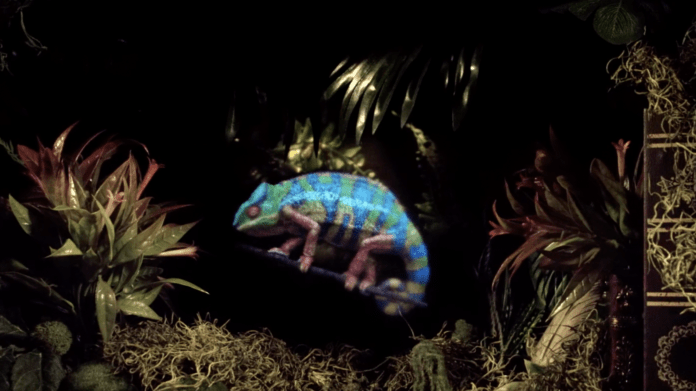Light Field Lab recently revealed SolidLight, a high resolution holographic display platform. Light Field Lab’s technologies combine size, resolution and density to project SolidLight Objects that move, refract and reflect in physical space. The directly emissive modular SolidLight Surfaces form dense converging wavefronts with billions of pixels of photonic resolution. Untethered to gear, SolidLight enables viewers to experience digital objects in the physical world that escape the screen. A demonstration of the holographic content generated by a SolidLight Surface display is available publicly for the first time via a 2D video.
SolidLight is a turnkey solution that delivers holographic experiences with real-time interactivity powered by Light Field Lab’s proprietary WaveTracer hardware and software, in conjunction with multiple self-emissive bezel-less SolidLight Surface Panels that form modular holographic video walls. These SolidLight Surfaces scale to accommodate a wide range of next-generation entertainment, advertising and commercial applications with an eye towards mass-production in the future to support consumer markets.
“SolidLight is unlike anything you have experienced before,” said Jon Karafin, CEO of Light Field Lab. “It’s only after you reach out to touch a SolidLight Object that you realize it’s not actually there. SolidLight redefines what is perceived as real, reshaping visual communications, audience engagement and customer experiences forever.”
As today’s 2D flat panel manufacturers reach a ceiling for scaling display size, resolution and density, Light Field Lab’s technology portfolio capabilities far exceed existing display solutions to power holographic experiences today. Each 28-inch SolidLight Surface Panel contributes 2.5 billion pixels to the generated holographic object volume and the modular SolidLight Surface can scale to create any size display to accommodate a range of experiences including configurations exceeding hundreds of billions of pixels.






